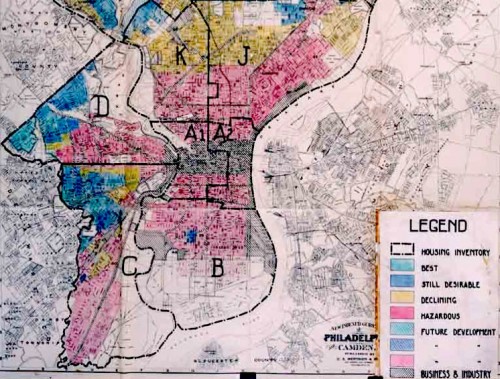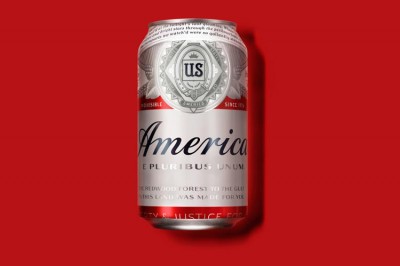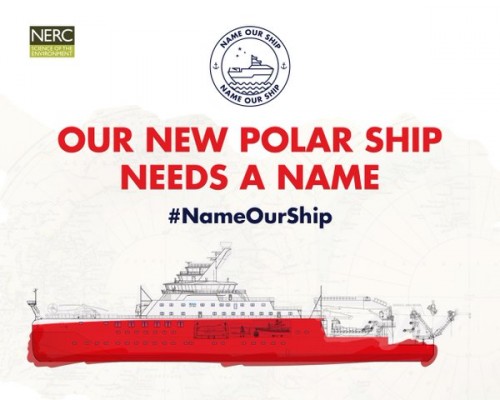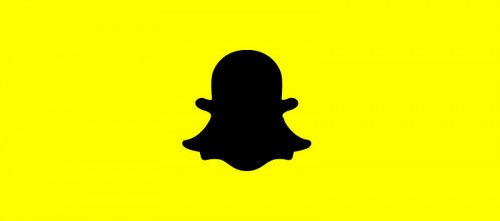 Contemporary political campaigns are highly data-driven. Large datasets let campaign staffers learn about, access, and ultimately persuade potential voters through hyper-local messaging or micro-targeting. The digitization of society means that people leave traces of themselves in the course of everyday life—how they consume, who they love, when their next menstrual cycle is likely to begin and most relevant here, how they have engaged politically. These traces and advanced analysis of them, have been instrumental in political campaign strategies, guiding staffers in numbers-based decisions about how to best reach and acquire, voters. Many partially attribute Obama’s 2008 and 2012 successful Whitehouse bids to his team’s skillful use of voter data and micro-targeting, and an uproar ensued with Bernie Sanders temporarily lost access to a DNC voter database.
Contemporary political campaigns are highly data-driven. Large datasets let campaign staffers learn about, access, and ultimately persuade potential voters through hyper-local messaging or micro-targeting. The digitization of society means that people leave traces of themselves in the course of everyday life—how they consume, who they love, when their next menstrual cycle is likely to begin and most relevant here, how they have engaged politically. These traces and advanced analysis of them, have been instrumental in political campaign strategies, guiding staffers in numbers-based decisions about how to best reach and acquire, voters. Many partially attribute Obama’s 2008 and 2012 successful Whitehouse bids to his team’s skillful use of voter data and micro-targeting, and an uproar ensued with Bernie Sanders temporarily lost access to a DNC voter database.
In contemporary politics, big data is a big deal. So of course, Donald Trump is not down with big data. The Associated Press is circulating a story about the discrepancy between Trump and Clinton with regard to data usage. Clinton’s campaign has embraced voter-data as a central tool of success, while in contrast, Trump has dismissed big data as “overrated” and expressed his intention to use big data in a “limited” capacity (although in the story linked above, a Trump advisor assures that the campaign will be “state of the art,” presumably including some degree of data analytics). more...









